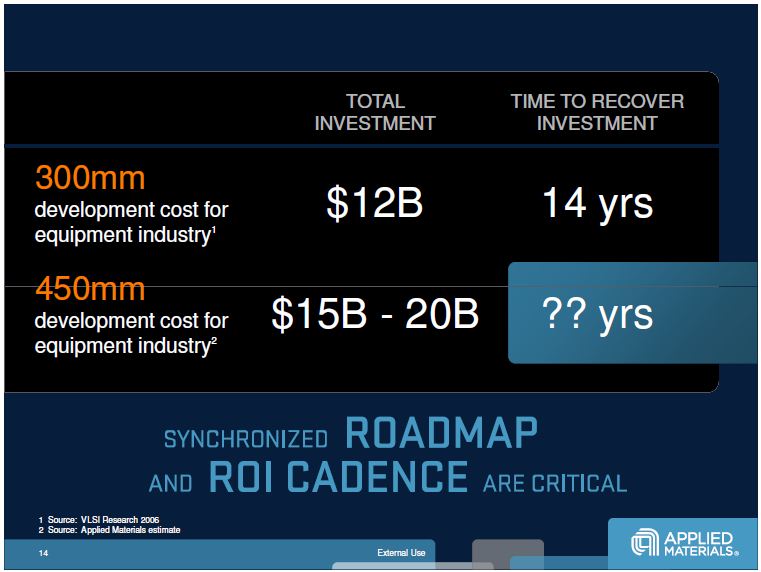The thing is Intel doesn't really operate this way on the process-development/tool-development domain.
It is a great work of fiction, a fantastic read at that, but it lacks merit from a facts-on-the-ground perspective. (edit: I am referring to the S/A piece, not you, MisterMac, just to be clear on this)
If you didn't work in the industry, hands-on with this equipment and the business models themselves, I can see where fantasy and reality are difficult to parse and deconvolve, but that is what is going on here.
You have reality happening every day, and then you have fantastically imaginative individuals spinning works of fiction at the same time.
If the works of fiction had any chance of actually disrupting the real work that the industry needs to get done then there would be more of an effort to set the record straight and pop that bubble, but it is harmless entertainment (except perhaps to those who take it as gospel truth) so why bother investing any time in setting the record straight?
...because we cannot timetravel or predict fate\future?
None of your points, imho, argue what this can possibly lead to given if Intel's position and dominance (in nearly all markets they enter) is somehow threatened. (I know that' looks like a farshot atm, but who knows if IBM will decide to wake up one day!).
Then ASML like so many other companies will just be seen as a requirement of running a competitive FAB and therefor eaten up by chipzilla eventually.
(Seing as how they already own a large stake anyhow).
Secondly how in good faith, do we not know the "Customer Investment" program wasn't invented because Intel came knocking saying speed things up !.
To which ASML replied "Show us the money" - and so they did.
PS:
I love alot of your posts, but this one gets me off somehow.
Your doing the same as Charlie - spinning your version of an event to fit your view.
I don't really see how working within the industry has anything to do with this.
This is ever increasing integral part of Intel's production machine - one that will start determining how much they profit in the future.
Hence they begin to exercise control with their dominant position - and in the future open up choices which can setback competition on several fronts severely.
 ).
).



